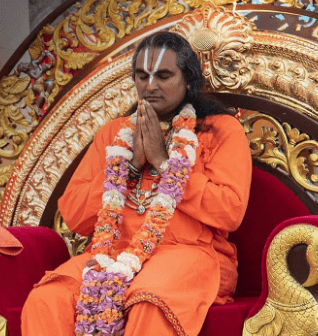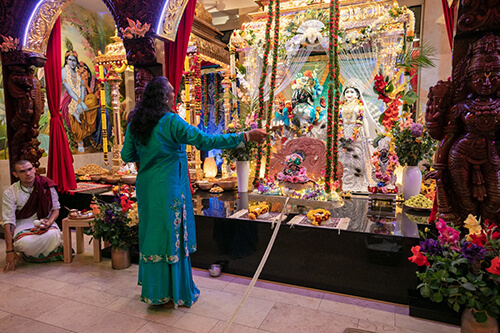- Sanathana Dharma contains several different worldviews within it, established by different teachers with accompanying scriptures and philosophies throughout the ages.
- Traditionally, these are grouped into a set of six branches, known as the ṣaḍ-darśana – Sāṅkhya, Vaiśeṣika, Mīmāṁsā, Yoga, Vedānta and Nyāya.
- This variety, even at the level of the fundamental purpose of life, is one of the biggest factors in the distinction between Hinduism and other religions.
- Bhakti Marga adheres to a mostly Vedantic view of the world, building on the philosophical work of great ācārya such as Śrī Rāmānujācārya.
- The caste system, better known as varṇa, is both defined by birth and qualities which means that although birth is a factor, it is possible to change based on the qualities one displays. Although this may not be a universally held belief, the system’s influence on modern Hinduism is waning significantly.
- The model Hindu life consists of four stages (āśramas) – brahmacārī, gṛhastha, vānaprastha and sannyāsa.
- These four stages are accompanied by four goals to life (puruṣārtha) – dharma, kāma, artha and mokṣa.
- Lastly, it is important to be aware of the increasing misrepresentation of Sanātana-dharma, particularly in the West, and the potentially harmful effects it can have on the dissemination of authentic spiritual knowledge and practices.




